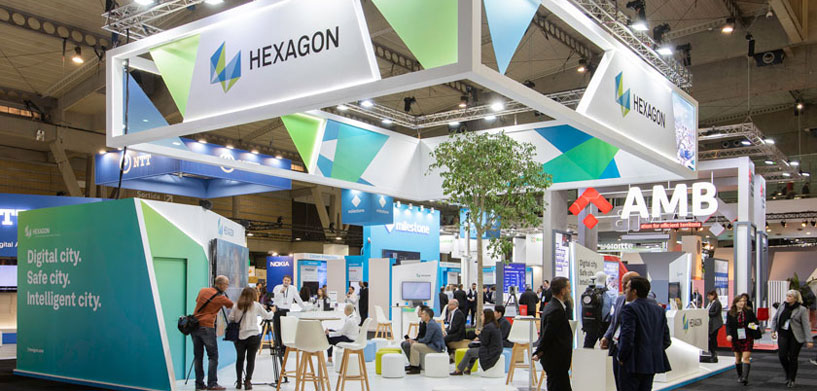I just returned from my third visit to the Smart City Expo World Congress (SCEWC) in Barcelona, Spain, and left with six key takeaways I’d like to share.
- Artificial intelligence (AI) and machine learning (ML) can connect the dots in ways humans can’t.
In November 2016, a series of thunderstorms swept through Victoria, Australia, causing an abnormal number of respiratory problems. This phenomenon, known as Thunderstorm Asthma, wreaked havoc on emergency services, hospitals, pharmacies, and telemedicine services.AI and ML tools could have detected the statistical abnormality of airway emergency calls and alerted stakeholders to the emerging situation long before they realized something was wrong. By proactively deploying resources before the system is overwhelmed, city leaders can use AI and ML to better serve citizens during major events and disasters and improve outcomes for all. - Multi-directional data flow is a critical part of collaboration.
All smart cities leverage collaboration, but data sharing is often a one-way street and limited to a single issue or data point. This means some departments benefit, but many stakeholders are left in the dark.It doesn’t have to be this way. Cities can use data to its full potential by adopting new architecture that breaks down cultural and technical barriers to data collaboration and visualization. - It’s not easy to balance security and privacy, but it is achievable.
Most smart cities operate surveillance systems to enhance public safety and security. But how can a city achieve maximum peace of mind while balancing security and privacy? By finding the right mix of hardware, software, and human intelligence to fit its needs. A mix of 3D surveillance tools, AI and edge computing, and security expertise is a key part of what keeps smart cities safe. - Sustainability takes effort, but it’s worth it.
It was great to see companies across the globe unite at SCEWC to protect our planet. With reusable stand components, earth-friendly coffee supplies, paperless collateral, and a conscious effort by staff and visitors to use recycling and composting containers for disposable goods, Hexagon proudly contributed to SCEWC’s Zero Waste Initiative. - We can start building the safe cities of tomorrow, today.
When we work to modernize government services, improve individual operations, and increase citywide cooperation and collaboration, we’re building tomorrow’s safe cities, today.
Your city can start breaking down silos and implementing mission-critical solutions across departments. And, when stakeholders and departments start working toward a common objective, you’ll have a city that’s safer for everyone.















